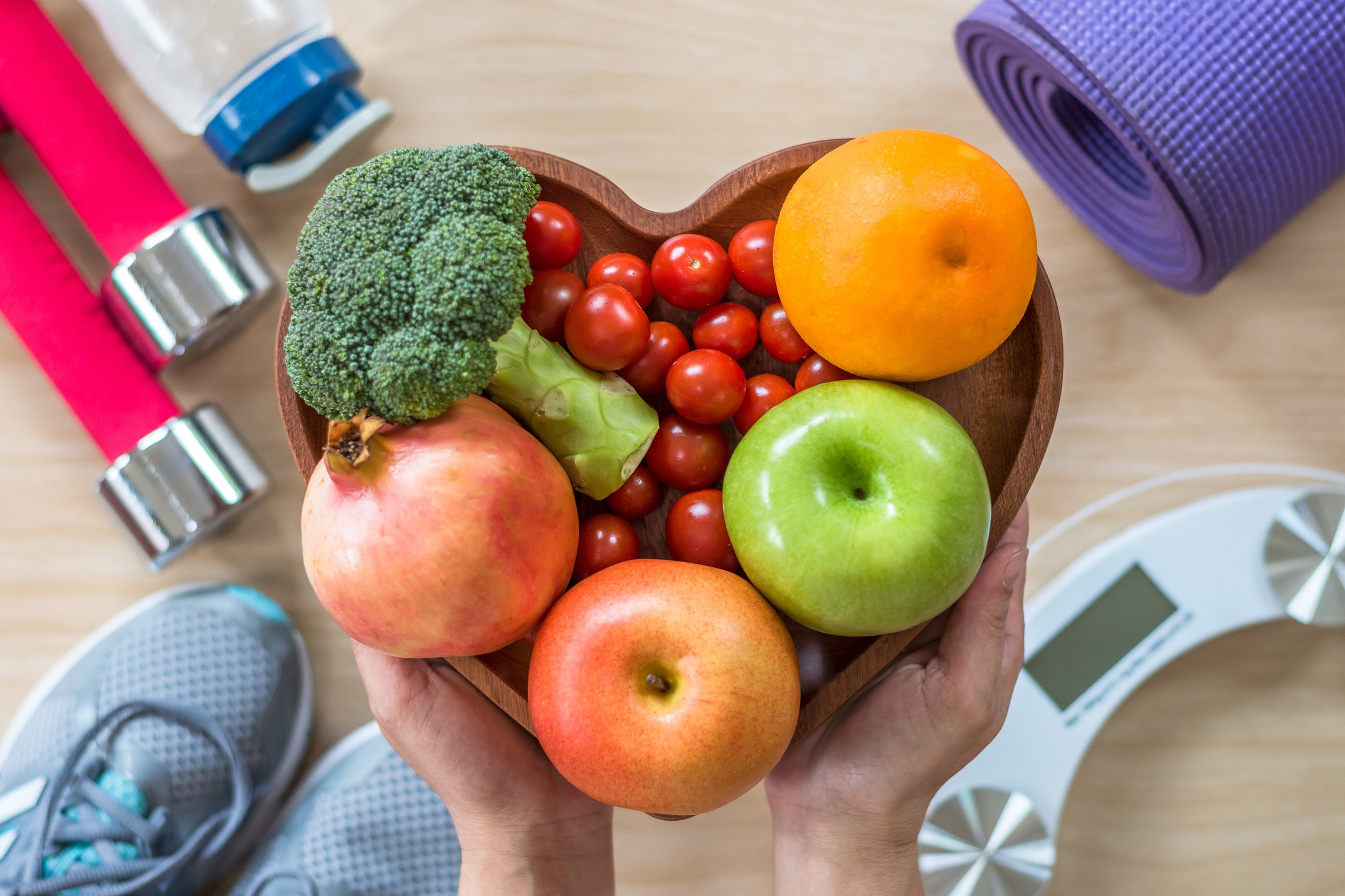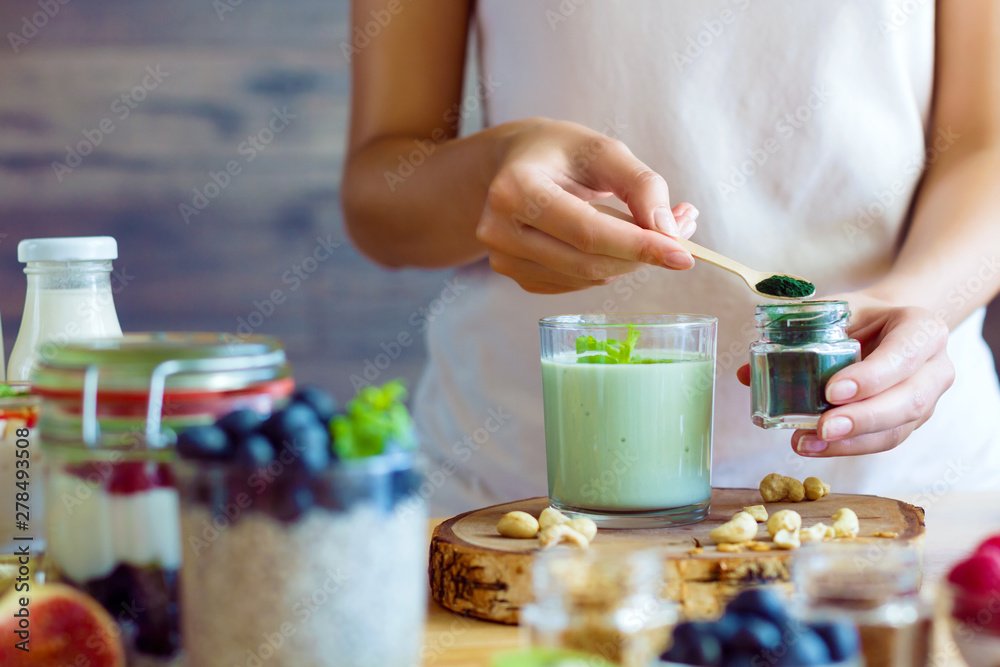An Herbal Approach: The Cardiovascular System
When you think of the Cardiovascular System you think of the heart. The function of this system is vital to our existence and evident with every heartbeat. Responsible for the cycling of nutrients and the removals of metabolic byproducts, it works directly with the Circulatory System and our blood. If this system falters and our hearts stop we cease to be as well. Maintaining our heart health is so important and the earth provides all that we may need to build a strong Cardiovascular System!
Throughout the ages the heart has been associated with the sun and those herbs that compliment this energy. Under the Doctrine of Signatures plants that burst into blooms reminiscent of the sun were used to treat the heart. One such was dandelion, its blossoms still highly revered for their cardiotonic actions. Today we look at the health of the components of this system; the health of our hearts, veins and capillaries. These indicate how our system is functioning as a whole.
How the Cardiovascular System Works
We will go into more depth about our blood and circulation in coming posts, for now let us examine the heart and its extensions, the vascular system. The Vascular System branches throughout your body composed of your veins, arteries, arterioles, venules, and capillaries. The last of these, the capillaries are the sight of nutrient exchange! Together with the heart they make up the foundation for the Circulatory System. The Cardiovascular System simultaneously houses and moves blood through the body!
The heart has two halves, each half containing two chambers. The upper chambers are called the atriums, the lower are called the ventricles. Blood is pumped from the right ventricle to the lungs to be oxygenated and then into the left atrium. Then it passes through the left ventricle and into all of our organs and extremities for nutrient exchange. Oxygen is also transported in this process delivering the essential molecule to our organs. Next the blood changes direction and begins to return to the heart. It enters the right atrium to begin the cycle all over.
The direction of the blood within defines the anatomy of our vascular system. Vessels carrying blood away from the heart are called arteries, while veins carry blood back towards the heart. You will notice that arteries are red while veins are blue. This indicates that the transfer of oxygen has happened! This transfer happens at the smallest extension of the vascular system, the capillaries.
To get a better understanding of these let’s trace them starting at the heart. The left ventricle, where oxygenated blood leaves the heart, has large arteries branching off from the aorta, one large artery connecting directly to the ventricle. The arteries branch into smaller arterioles and then even smaller into capillaries! As they shrink in size they expand to cover nearly all our internal area. The capillaries quite literally connect all of our cells to each other! Here is where nutrient exchange occurs.
The entire function of this system is to pump our blood in order to sustain a flow of nutrients, without this exchange we would cease to be. The heart is essentially pumping life through us every instance of every day. At the root of this action, electrical impulses cascade through the cardiac muscle, contracting and relaxing as they go…
Imbalance in Cardiovascular Health
You can imagine that an imbalance in this action, the pumping of the heart, would throw off the whole system. On the other side of the system, the extensions webbing out into our extremities are just as important. When our veins or capillaries become obstructed or strained the system is just as impeded as when the heart falters. When the cardiovascular system needs a little support you can turn to plants! There are many powerful remedies known as overall cardiotonics that can be used to maintain cardiovascular health. Although the best thing to keep your heart healthy is to exercise on a regular basis!
Modes of Administration
Delivering plant medicine to your Cardiovascular System is as simple as ingesting it! Tinctures, both alcohol and apple cider vinegar based are amazing options. Alternatively oxymels are another great tasting way to take your daily medicine. If you want to learn more about tinctures and oxymels visit my formulation pages on them!
Herbal Therapeutics for the Cardiovascular System
So how can plants aid us in our cardiovascular health? To answer that question let's look at the different ways they can affect this system.
Antioxidants
These types of compounds act to scavenge free radicals in your body. Free radicals are molecules that have unpaired electrons orbiting them. Many times in our bodies these compounds tend to be very active and oxidizing in their actions. Therefore antioxidants protect our cells and bodies from oxidative damage. In regards to the cardiovascular system, atherogenesis, or the formation of plaque in the arteries can be reduced by antioxidants. They act by donating electrons to the unpaired ones in an overly reactive molecule, ultimately reducing them to a more stable form.
Vitamins E & C are amazing oil and water soluble antioxidants respectively.
Anti-anxiety and overall calming herbs
As well those that reduce an overactive heart rate due to anxiety. These calming agents can be used as immediate relief or as a preventative measures. Some work as nervine tonics easing spasms.
Motherwort to slow the mind and heart, may cause drowsiness because of its sedative qualities.
Chamomile is another great one, this one mild but effective.
Cardiotonics
Promoting the overall health of the heart and its functioning. These may be protective in their action and may help strengthen the heart as a muscle.
Hawthorne is a well known cardiovascular tonic known for its actions in promoting heart health.
Dandelion and other members of the Asteraceae family have been used through the ages to promote heart health. They are high in polyphenols that are antioxidant and anti-inflammatory in action.
Capillary and vascular tonics
Herbs that strengthen our vascular system. They may help to strengthen our veins and capillaries, making blood flow easier.
Goldenrod is astringent in its actions within the capillaries and it tends to lower the blood pressure. Specifically the roots have a higher peroxide scavenging rate (antioxidant effect) than green tea!
Rue is a nervine tonic and spasmolytic that can also soothe palpitations with the heart. As well it assists with capillary permeability and fatigue.
Coronary artery health
Plants that prevent the buildup of plaque in the arteries by helping regulate cholesterol levels and more.
Cinnamon has been shown to lower cholesterol in the blood in diabetic patients.
Garlic as well can lower cholesterol levels in blood and lower blood pressure as well.



